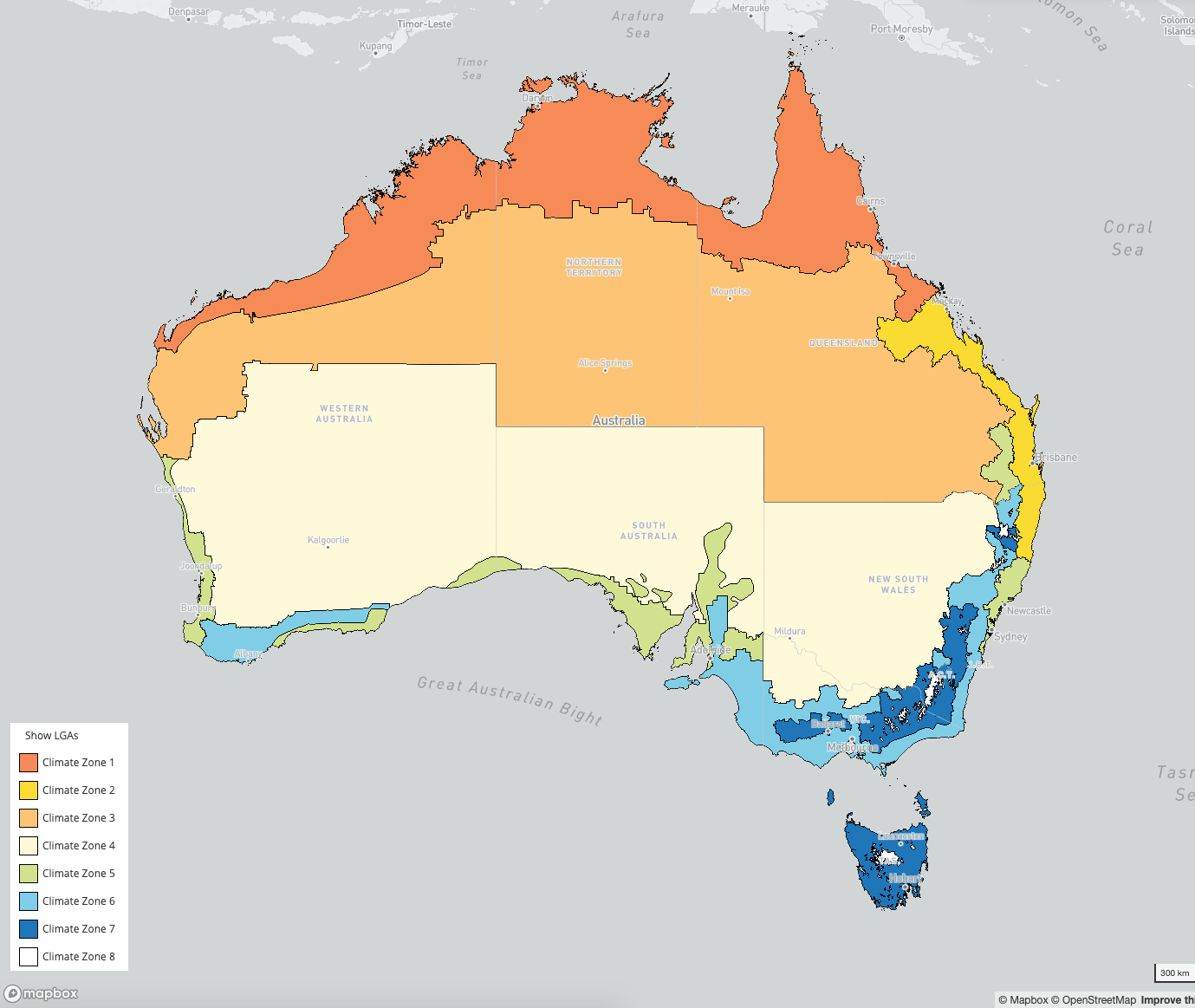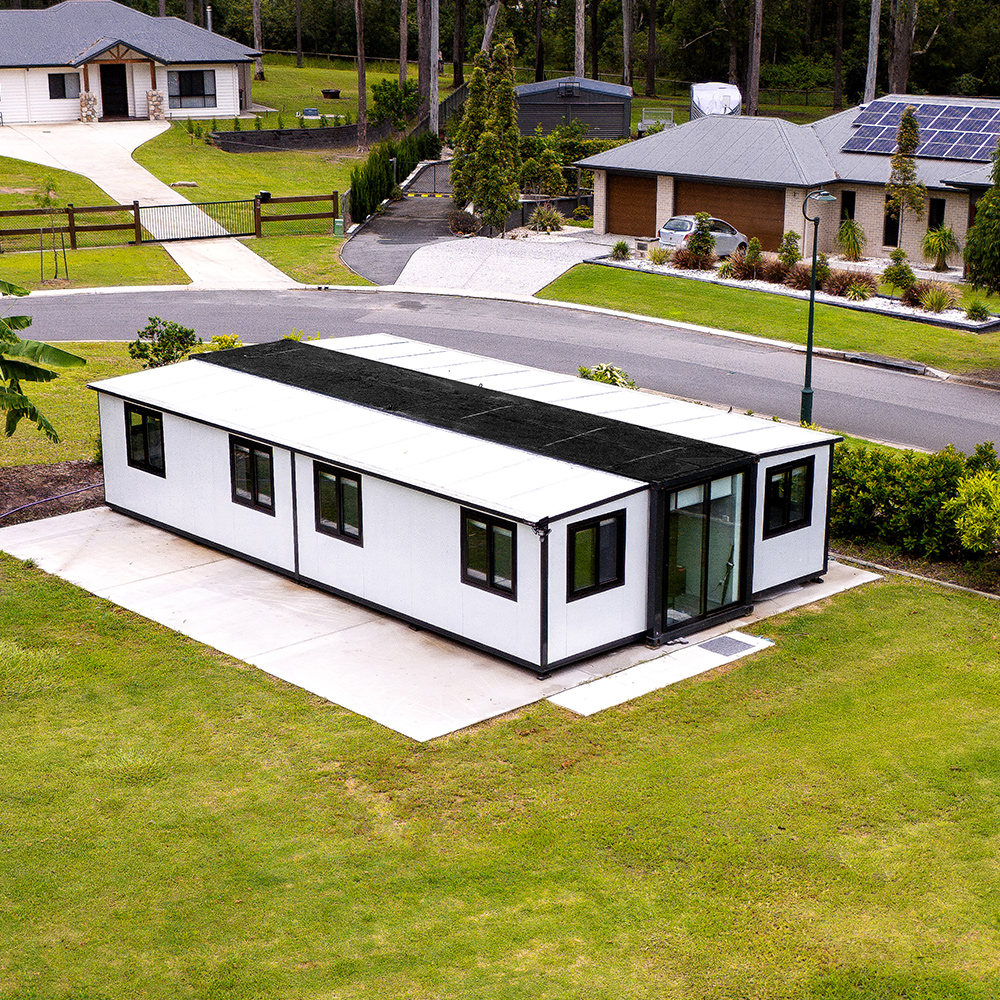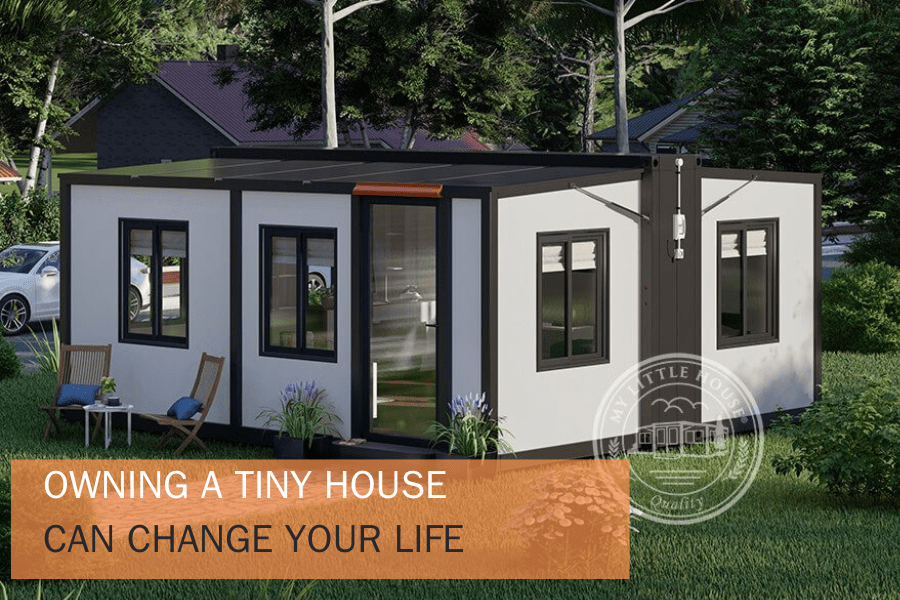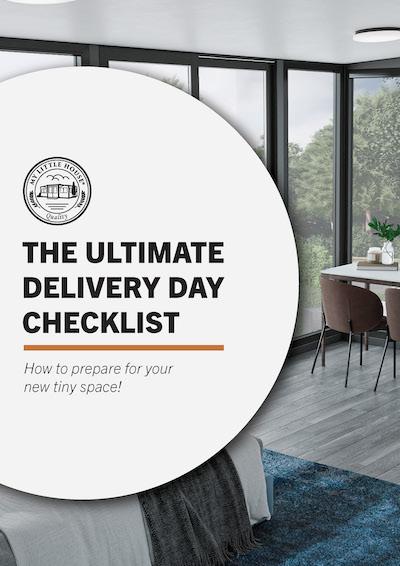When it comes to the latest home-design trends, small is definitely beautiful. The tiny house movement is huge in the US and fast gaining traction here in Australia. It’s easy to see why; living on a smaller scale reduces your home’s running costs, creates the extra space you need for grandparents’ accommodation, a teenager’s bedroom or a home office, plus it’s kinder on the environment. And depending on where you live, you may not need to go through the time-consuming process of getting council approvals – simply choose a design, arrange delivery and away you go.
What exactly is a tiny house?
Tiny houses are dwellings with a footprint of typically less than 37 square metres, either fixed on the ground or on wheels. A fully kitted-out tiny house will include all your living-space essentials, including a kitchen, meals area, living area, one or more bedrooms, and a bathroom.
“Tiny houses give you the freedom to live at an affordable price – something Australians have been crying out for, with our rising property and energy prices,” says Greg Bloom, founder of My Little House.
Tiny houses make an appealing choice for many types of homeowners; downsizers, those looking for extra accommodation for teenagers or grandparents, people who wish to live off-grid or want a dwelling they can relocate in the future (if they choose a style on wheels). “They can also be used as a hobby room, workshop or home office – the options are endless,” says Bloom.
Do you need a specialist installer?
No, not if you’re a fairly competent DIYer, says Bloom. “Our tiny houses are built so that just about anyone can install them. Once your ground is prepared and level, the house takes about two hours to unfold, seven to nine hours to set up, and around eight hours to fit out. We provide you with two gas rams to assist you with lifting up the roof and winches to lower the floor, and detailed instructions are provided.

What are the design options?
Today’s tiny homes are not one-size-fits-all offering; there’s now a raft of different styles, sizes and layout options to choose from. At My Little House, for example, they offer a roomy house with up to four bedrooms to suit families, a compact studio cottage for teen or grandparent accommodation, and a cottage with extra glazing to maximise light and views.
You can customise your My Tiny House home with a choice of four exterior cladding colours (for an additional cost), two luxurious two-pac kitchen styles, and different flooring, joinery, benchtop and wall colours. Their premium tiny house has a larger kitchen so you can fit more appliances and a sliding shower screen, while the standard dwelling has a smaller kitchen and a neat, corner shower.
In some models, you can even add luxuries such as a walk-in wardrobe, a study nook or a built-in laundry, if you like.
How comfortable and eco-friendly are they?
Love the idea of living off-grid with zero power bills? With the right tiny-house features, you can. When you buy a compact dwelling from My Little House, you can add budget- and earth-friendly features such as a rainwater tank, solar panels and a compost toilet from a third-party supplier.
Plus, you can enjoy all the creature comforts you’d expect from a regular-size house: all designs at My Little House come fully insulated (standard designs have 50-millimetre insulation wall panels and premium have 75-millimetre insulation panels). The windows are all double-glazed, and the windows and doors come fitted with fly screens to keep out the mozzies.
Want year-round comfort? You can also have your tiny home fitted with a reverse-cycle air conditioner from a third-party supplier.
Are they suitable for extreme climates?
Our country experiences it all, so dwellings, whatever the size, need to be able to be robust if they are going to last. Australia has eight (8) climate zones ranging from frosty alpine to hot humid conditions.
All our tiny homes feature insulated walls and ceilings with excellent R-values, and our windows are thermally insulated with double glazing to control the inside environment for our extreme conditions.

Eco friendly, energy efficient, safe and stylish – living small never looked so good!
This article was originally published on Houzz.



